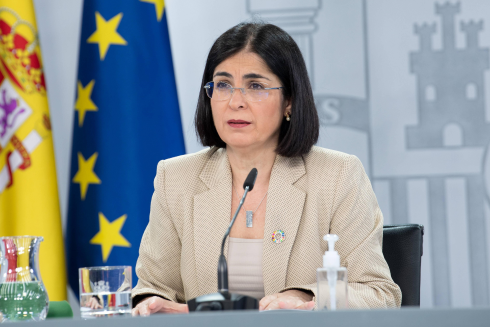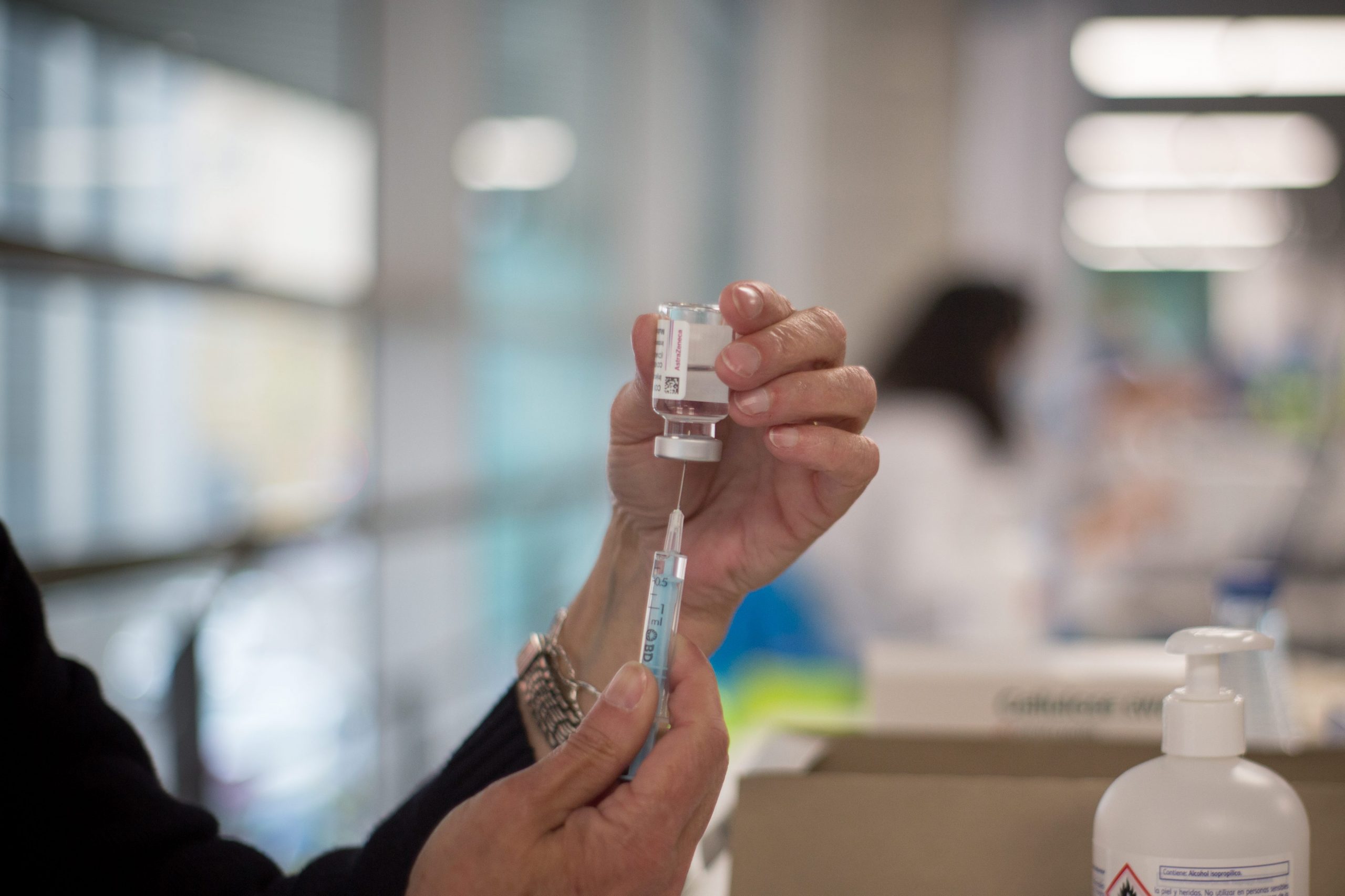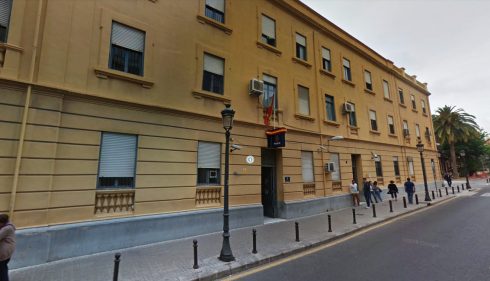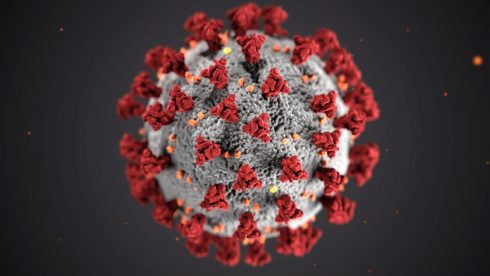SPAIN is looking to introduce an eight week gap between the two injections of the Moderna and Pfizer COVID vaccines based on ‘better efficacy’ as opposed to problems with vaccine supplies.
The proposal throws a question mark over the almost daily-mentioned target of 70% of the population being inoculated by the late summer.
Just today(April 19), the Health Minister has said that the time line is unchanged.
It would be a major policy shift from the existing stance of the two shots of Pfizer and Moderna being offered within three weeks of each other for people aged under 80.
Spain is this week taking delivery of almost two million vaccine doses, which is the biggest weekly arrival of shots so far.
Some 1.2 million doses of the Pfizer vaccine have been distributed around the country today with 1.7 million set to arrive in Spain every Monday as part of a big European Union order.
Speaking today at a Pfizer distribution centre in Madrid, Health Minister, Carolina Darias, said: “The target to have 70% of our population vaccinated by late summer is really within our reach.”
Darias though did not say how that would happen if the gap between the two Pfizer and Modena vaccinations is stretched.

It appears that to some extent, Spain is keeping fingers crossed that the European Medicines Agency will tomorrow allow the single-shot Johnson and Johnson vaccine to be approved in the EU.
The vaccine was suspended in the USA after six women out of the seven-million people vaccinated suffered a rare blood clot condition.
If the Johnson vaccine ‘comes on tap’, then 5.5 million doses are ear-marked for Spain up to the end of June, with that number leaping to close to 20 million by August.
Most of the first Johnson consignments were also going to be used for people aged 70 and over, which suggests that Madrid is looking to make other sources stretch further.
That though does not appear to be the official rationale in a Health Ministry memo sent ahead of tomorrow’s Public Health Commission meeting.
According to El Mundo newspaper, the note suggests that ‘an extended gap between the two injections results in higher levels of producing antibodies and a longer period of protection’.
Such a move would follow the position of other EU countries as well as the UK and Israel in reaching more people quickly with a first jab.
Figures released last Friday(April 16) showed that 19% of the population had already had one does with 7% having both inoculations.
A health study is also taking place into offering people a Pfizer shot as their second injection after they received an AstraZeneca vaccine as their first inoculation.
The uncertainty over the Johnson vaccine and lower than expected AstraZeneca supplies is casting some doubt over whether Spain can reach its late-summer 70% population target.
It stands to reason that increasing gaps between the two vaccinations will delay matters, but the Health Ministry is clearly keeping everything crossed on tomorrow’s Johnson verdict to keep their August target a realistic runner.
READ MORE:
- SPAIN TO GET RECORD DELIVERY OF COVID-19 VACCINES
- PENCIL IT IN: SPAIN PUBLISHES COVID VACCINATION CALENDAR FOR EACH AGE GROUP
- EXPLAINED: What expats need to do to get Covid-19 vaccine in Spain
Click here to read more Coronavirus News from The Olive Press.








